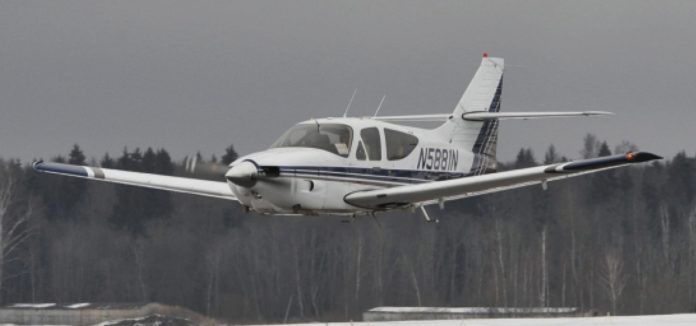Many years ago, I happened to overhear one pilot ask another, “How did they find out?” The question revolved around a situation resulting from an error in judgment concerning operation of an unairworthy (out-of-annual-inspection) aircraft. While there was no accident, a somewhat unusual event occurred that was traced to a mouse nest in the carburetor heater duct, which caused a rough-running engine. After a precautionary landing, mechanics discovered the problem and thought it was hilarious.
Somehow the word got out to the FAA and, after reviewing the aircraft’s logs, the pilot faced an enforcement action. Knowledge of the predicament spread among local aviators.
I try to make it about ensuring safety, not enforcement or rote compliance with regulations. But the big picture of aircraft maintenance and airworthiness isn’t just about complying with regulations. Instead, we also need to followprocedures, recommendations and limitations. These factors obviously can include your aircraft, but they also can involve the loose nut behind the wheel.
Alexander Markin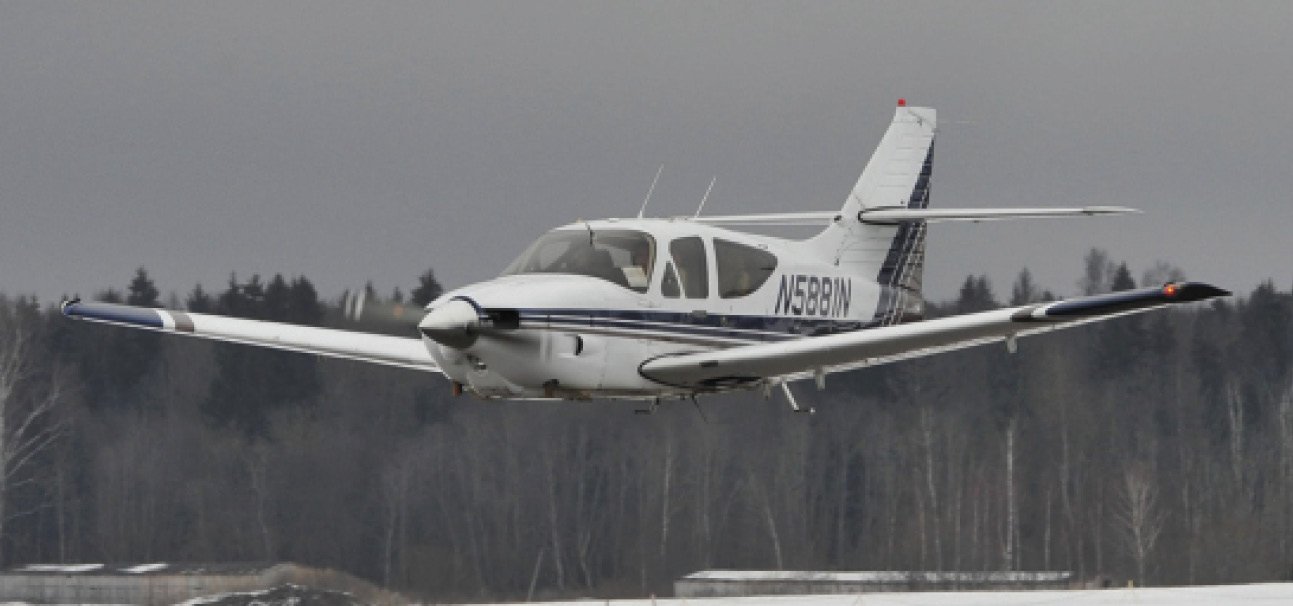
Safe, legal and smart
Aviation professionals may tell you that while a procedure or method may be legal,it may not always be smart or safe. Why do I care? I happen to enjoy this industry, which has employed me over 40 years, and I want to see this activity continue so others may also enjoy it. Not only must we all strive to continue general aviation as we know it today but also to continue to keep flying safely and affordably.
Everyone in the aviation community should be concerned and take an active role in safety, not only because it’s the right thing to do but also since the loss of our present freedoms could occur with a few rule changes demanded by the public or politicians. Everyone associated with aviation should make a commitment to doing things per the rules or established procedures and encourage others to do so.
Some will say general aviation is supposed to be fun, and sometimes following the rules isn’t enjoyable. Like golf, perhaps, or other individual sports. I disagree, as I think that you can enjoy aviation by following established guidelines whether it is for fun or work, and still finish the day with a feeling of a good flight or job well-done.
There is a difference between aviation and a round of golf, or just shooting a few hoops in basketball, in that their consequences are radically different. In aviation, cutting corners to have fun may be fatal. In golf or basketball, a similar action may occasionally have a serious consequence, but generally may only mean a poor score or losing a game, after which you always can try again.
Therefore, we all must continue to occasionally brush up on regulations and procedures, and maybe learn new methods of doing the old job or even learn something new. Attending an FAA-sponsored safety seminar is an excellent way of keeping current and abreast of new regulations, procedures and recommendations. The FAA’s people conducting outreach to pilots really are here to help and usually are just a phone call away. Make this a challenge to upgrade your aviation knowledge, not because of any regulatory requirement but on your own initiative to make yourself a better aviator, technician or aviation professional.
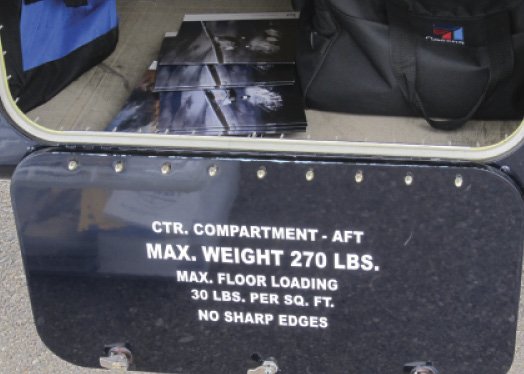
Self-Policing
Each time a pilot commits an airspace incursion or is involved in an accident or national security incident, the news media picks it up and we all suffer in so many ways. Insurance rates may go up, and the public puts pressure on legislators to “do something about those small airplanes.” Only a few bad applesspoil it for all of us thatdo a good job and are genuinely committed to doing things the correct way.
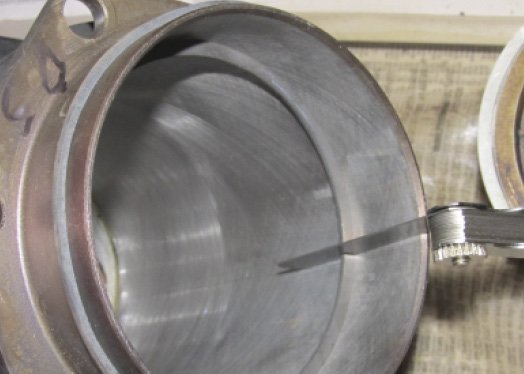
Working together we can strengthen our common endeavor, whether it is for fun or profit. Thus, a little self-policing may be in order. How many times have you observed a fellow aviator or mechanic involved in an unsafe practice? How many times has some practice continued that was unsafe and no one spoke up even though at least one person knew about its risks? Did innocent people lose their lives because no one spoke up to intervene?
This may be a sensitive issue and maybe there is no right answer, but I can tell you that over the years of my involvement in aviation, I have heard or read of situations (after an accident, incident or enforcement action) that possibly could have been avoided by addressing the situation directly with the individual and suggesting that the unsafe condition or operation cease.
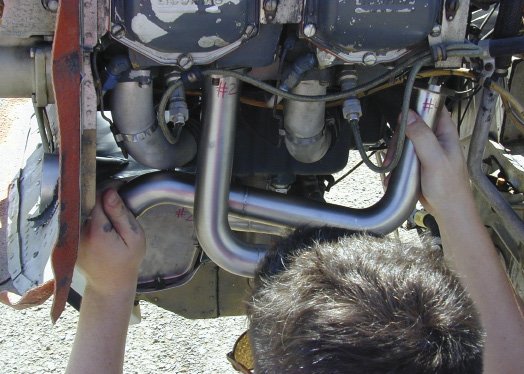
Why do I care? Why should anyone carebecause what that person does is none of my business? Maybe we should politely intervenebefore “they (the FAA) find out”?
Our Own Worst Enemy
Nearly every pilot would try to warn another pilot that his/her plane was trailing smoke or exhibiting some other malady. Why not in other situations? Consider these circumstances: A commuter aircraft operating out of a major airport where I was once based had a serious accident while landing in perfectly good weather with no apparent mechanical problems.
It turned out the captain was routinely selecting reverse (beta) mode on the turboprop twin just as the aircraft was touching down to ensure a short landing roll-out. In addition to making the first taxiway, his goal likely was to impress the less-experienced first officers. Many copilots flew with this captain and were aware of this unusual, unsafe operation but theynever spoke up to the captain involved.
In a situation like this, I think it is more than appropriate to express your concerns. A first officer must decide whether to take the next step if the unsafe practice continues, whether that step is reporting the behavior, refusing to fly with that captain or some other action designed to change the observed behavior.
This practice apparently continued until one day the engines/props did not respond to commands at the same time and the plane flipped over on touchdown, completely out of control and crashing inverted. It ended up on fire under a DC-10 parked at a gate. They eventually found out about this captain’s practices, but many people lost their lives—including the cockpit crew, innocent passengers and ground personnel working nearby.
Another example of the “it’s not my problem” syndrome in general aviation involved a business jet operated by an all-cargo carrier. The suspected scenario was thatthe two-pilot crew decided to open a circuit breaker on the speed warning system to prevent its operation when they intentionally operated beyond the airplane’s maximumspeed (Mach limit) at high altitude. The word got around among the pilot group that this was being done and was “okay,” so other pilots operated in this condition.
One flight never returned after the crew was suspected of exceeding the speed limitation, losing control of the aircraft and crashing.
Well, you might say, this makes for interesting reading, but I don’t have anything to do with these kinds of things. Really?
A Little Professionalism, Please
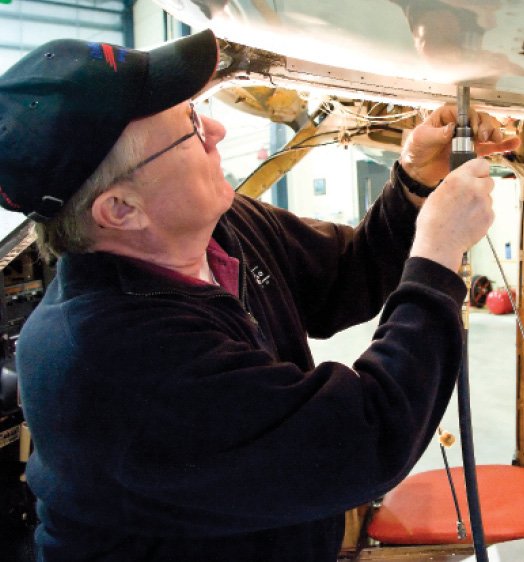
Every airport has at least one: The guy who taxies at 40 knots. The guy who starts his engine at cruise power, with the prop blast aimed at other airplanes. The guy who regularly cuts off students in the pattern. The guy who lands downwind, against the traffic flow, because his hangar is on that end of the runway.
Every airport also has the mechanic or IA who’s known to “work with” owners to help them save money, whether on parts or on deferring maintenance. While there’s nothing inherently wrong with that kind of interaction with and service to one’s customers, there also are some lines that shouldn’t be crossed.
First of all, good judgment is critical, both for pilots and mechanics. A bad compression check on a cylinder might be cause to replace the offending component, but it might not. “Fly it a while and come back in a few weeks” is a time-honored response to something like this, but the real answer depends on how the airplane will be used: only in the pattern or carrying family over Lake Michigan in winter?
A lot of it comes down to professionalism, and whether pilots and technicians are employing the best practices in their activities. Are you?
Closer To Home
How about the general aviation pilot you know who is not instrument-rated but boasts about flying in the clouds, usually on autopilot and with an IFR clearance? How about a person you know is a student pilot yet is observed carrying passengers? Or what about a pilot of a plane that appears to have more passengers than the plane has seats, or is obviously overloaded? Would you be inclined to say something to a pilot of a plane taxiing out with the pitot cover installed, or control locks in place or maybe a fuel cap dangling?
After 9/11, I am sure most people associated with aviation would get involved if they saw some unusual individuals loading a plane with some strange material? So, what is the difference here? Are these examples really none of our business or just some of them? How would you react to the situation as an interested party? We are a group that must hold ourselves to a higher standard and owe to the continuation of our industry a commitment to keep things going in the right direction.
Personal Standards
Regarding how do “they” know? What standard do you personally subscribe to? Are the “rules” for the other guys or gals, but not forme? Are you so crafty that they will never find out? Do you go below minimums “just a wee bit” on an IFR approach because you can and it’s no problem: “I do this all the time?” Do you let a deficiency pass during an annual inspection because it is only a little below the standard and no one will know? Do you fly a plane out of annual because no one will find out? Do you bend the rules because no one is watching and, besides, how will “they” find out?
I have written about exceeding limitations such as flap speeds, landing gear operating speeds, and maximum weights.What will happen if you exceed these limits? Nothing you say, because you have done it in the past and since nothing happened it is no big deal, right? Wrong; because someone will pay financially or with their life, maybe not right away, but all of this catches up with us, even if “they” did not find out about it for a while or never.
There are right ways and wrong ways to do aviation, of course, and we all should be striving to push aside the temptations to do things wrong. Although we may not be getting paid to fly, we all can adopt some of the traits and procedures professional pilots employ. With the U.S. commercial aviation industry nearing a zero accident rate, there’s obviously something they’re doing correctly.
One of the ways we can approach that safety record is by adopting the professionalism of career pilots. They’re usually in it for the long haul, and can’t put up with half measures when it comes to safety or rule violations. The professional pilots we know want to be around for their retirement party, and its first check, and strive not to cut corners on maintenance, training or operations.
Unfortunately, “they” do find out when an accident or incident occurs; sometimes they find out before one happens, and an enforcement action is the result. Therefore, the rules were established, andregulations and procedures change due to discoveries made during accident investigations.
In addition to the regulations that everyone must know, be familiar with the operating instructions and flight manuals that describe procedures that should be followed to maintain a safe operation. Commercial operators also have operating specifications and manuals that are written to be specific to the operation.
Knowing these rules and adhering to them is very important as it keeps the operation safe—andyou out of trouble. Personally, I subscribe to the smart, safe and legalpolicy. I follow the latest rules and procedures and encourage my friends and co-workers to do the same. My operation will be safe and I won’t have to worry about how they may find out, since there’s no “there” there. Enjoy your flying and keep it safe.
Mike Berry is a 17,000-hour airline transport pilot, is type rated in the B727 and B757, and holds an A&P ticket with inspection authorization.

